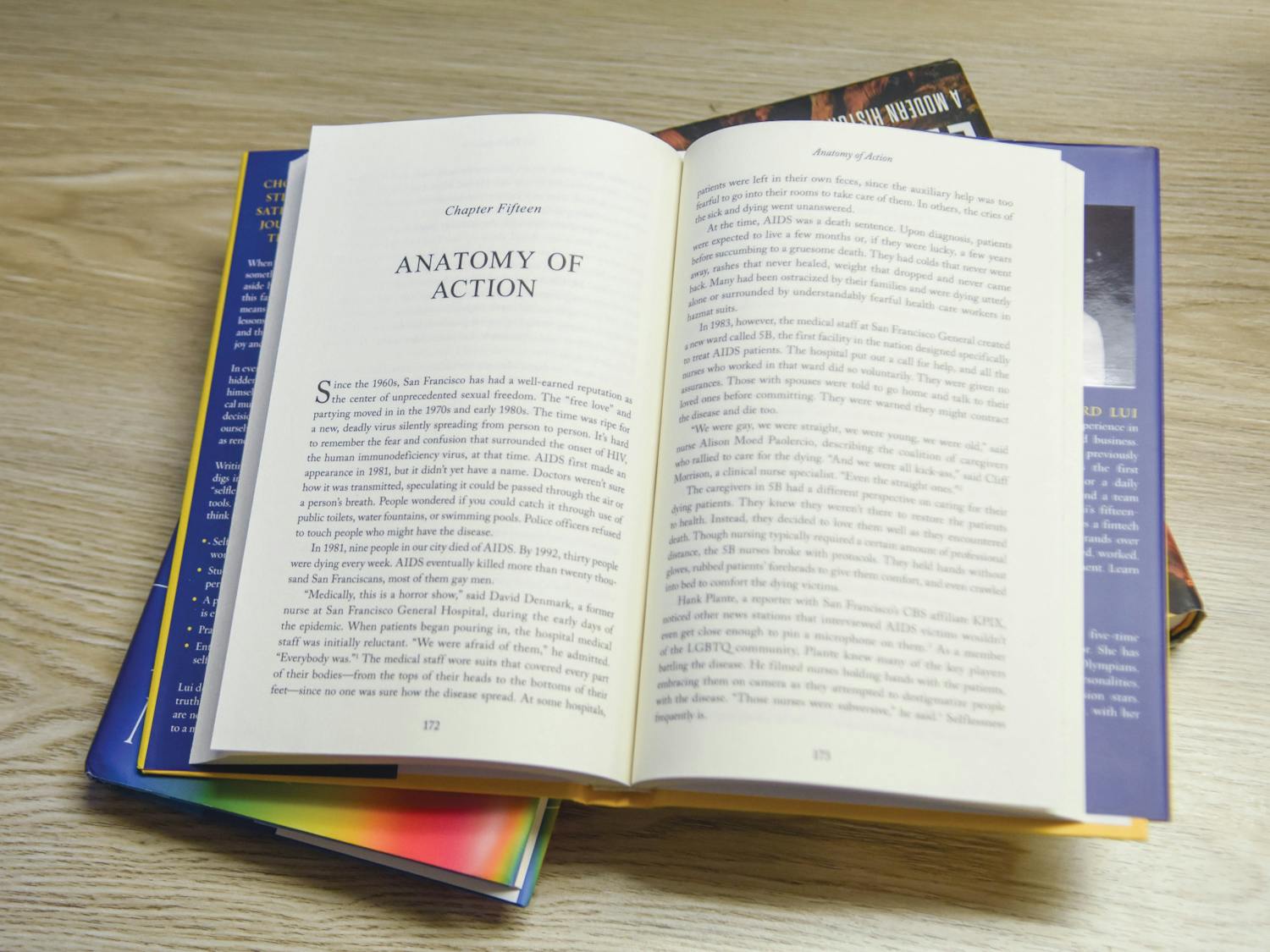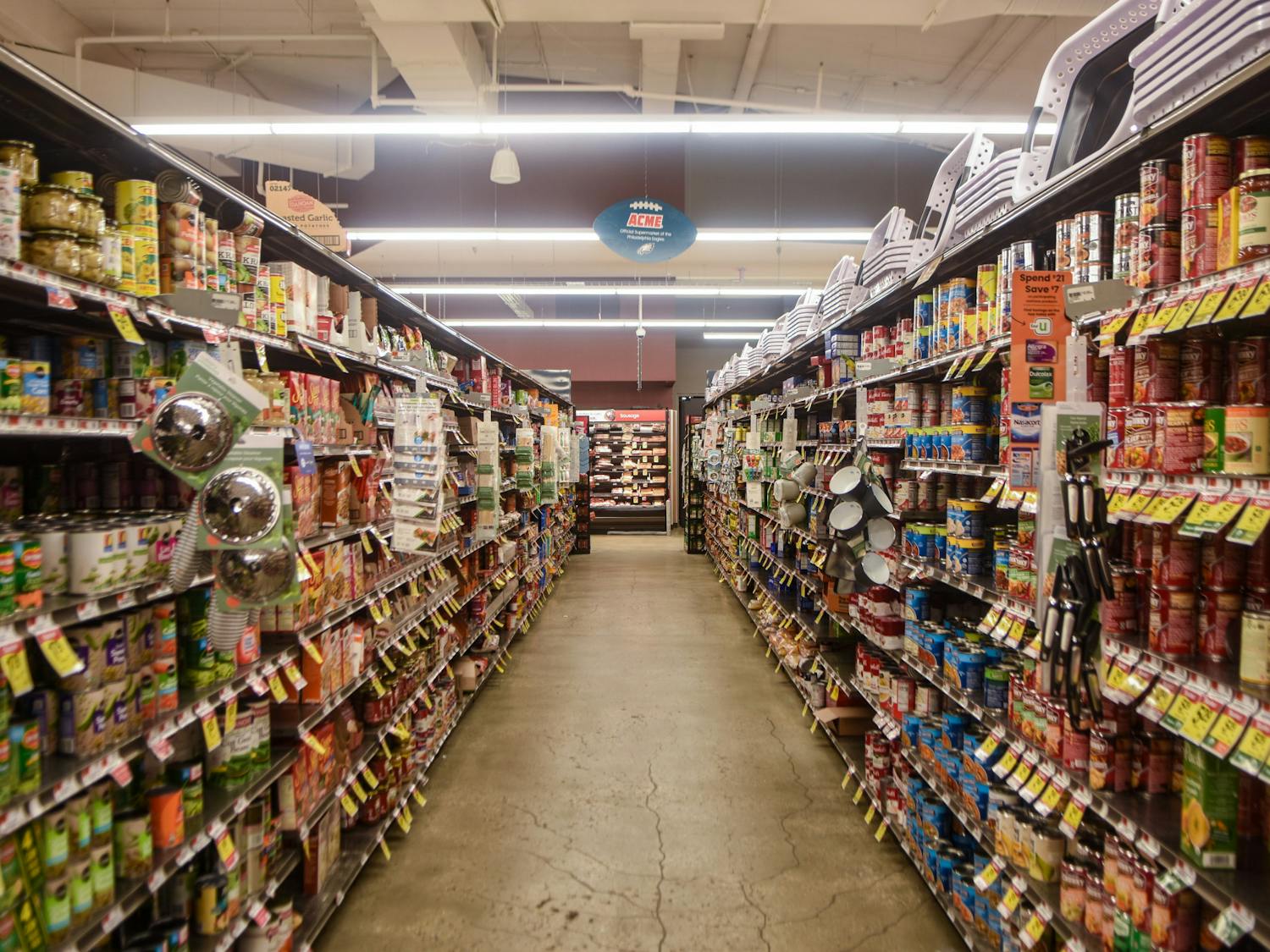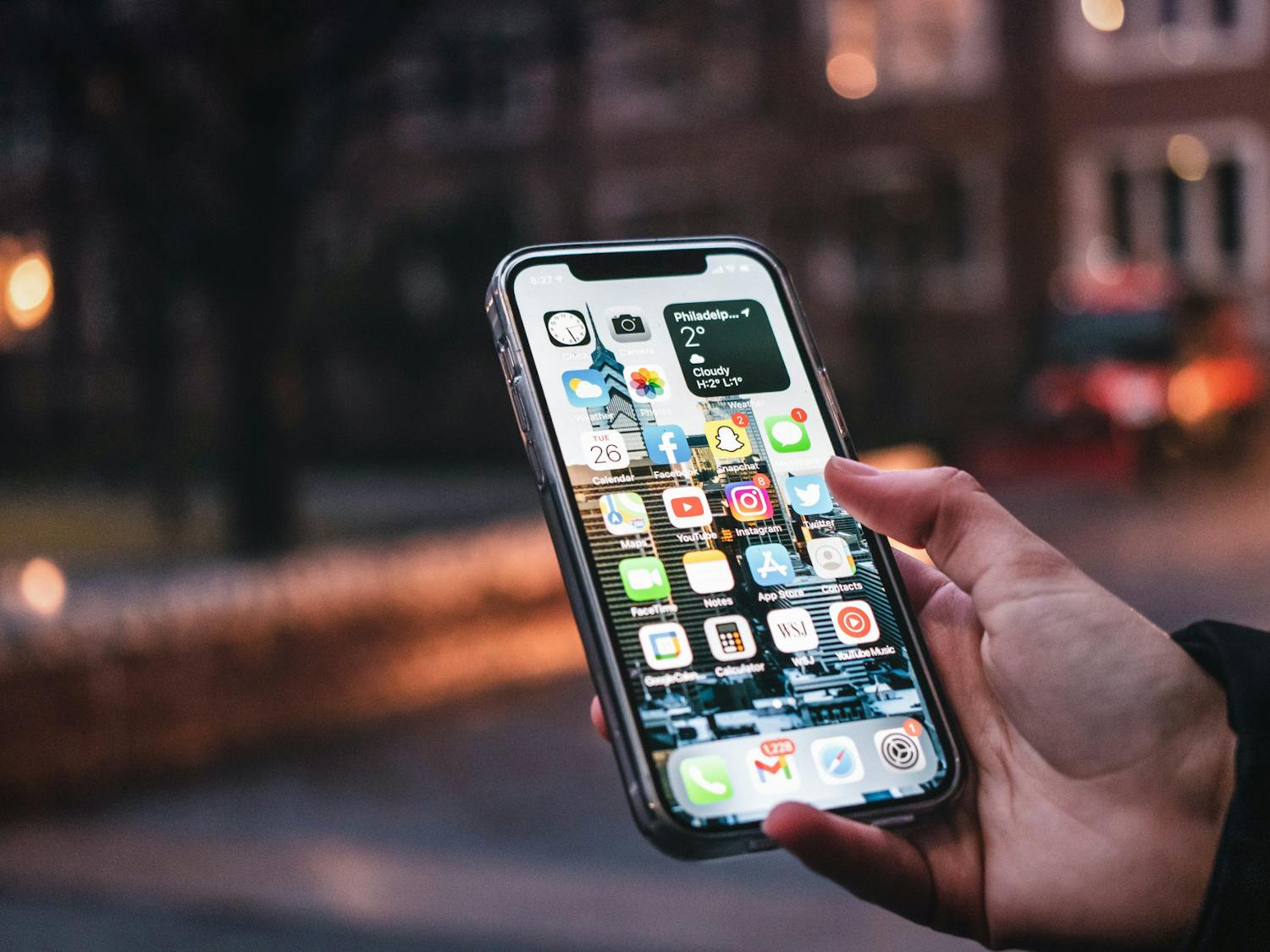Franklin Delano Roosevelt once claimed the only thing we have to fear is fear itself. Yet with many Americans spooked by the economy, this fear is translating into an altogether perplexing economic phenomenon.
According to a report put out by the National Retail Federation, more people plan to celebrate this year's Halloween than ever before - despite the frightening fall of stocks, savings and financial security.
They might not be able to buy a home or take out a loan, but 65 percent of Americans plan to get freaky with it next week, a figure up from 52 percent in 2002. The NRF estimates that Halloween spending in the United States will total $5.77 billion this year, the average person spending $66.54 on tricks and treats.
But college students know better, right? President Gutmann seems to think so. In her economic-themed e-mail sent out to Penn students this week, Gutmann expressed an understanding that "the state of the economy . [is on] everyone's mind." In such a desperate time, we have more important things to think about than whether to dress up as a scantily clad DEA agent or as Little-Ho-Peep.
Not so, says the NRF. According to their research, 90.5 percent of Americans between the ages of 18 and 24 will paint the town orange on Oct. 31 and are planning on dropping an average of $86.59 in the process.
Despite being haunted by the most terrifying economic time since the Great Depression, Americans are still going all out this year. It seems counterintuitive - a (cob)web of illogical spending decisions. How can we make sense of this mysterious and ooky phenomenon?
One rationale behind the seemingly irrational spending has to do with the relative low cost of Halloween festivities.
The $60-something price tag that comes with Halloween is pocket change compared to the average $900 spent on Christmas in 2007.
Coupled with the huge price disparity, another difference between the two holidays is that the money spent for Halloween is going to your own costume or candy. For Christmas, you're mainly spending on gifts for others. We're not just living in a material world, Madonna. We're living in a selfish one, too.
This lesser-of-two-evils theory isn't the only thing explaining inflated Halloween spending. Cosmetics king Leonard Lauder, chairman of Estee Lauder Companies, has espoused another related theory.
Lauder noted that when the economy went down, lipstick sales went up, much like we're seeing with Halloween spending. While women may not have the money to buy a new handbag or an expensive pair of shoes, most women can afford new lipstick.
The same is true for Halloween spending: Buying some face paint and fake hair may be more within your budget than shopping for Christmas presents for your entire family.
Women also use lipstick to make themselves feel better - an escape from the economic doldrums. Buying that new lip color may just take your mind off of the money lost in the stock market, even if just for a moment.
Halloween, too, offers that escape. According the College junior Donnie Johnson, a Psychology major, "People distressed over the economy are using Halloween as a way to avoid their harsh realities for one night." What better way to mask your worries than by throwing on a Sarah Palin mask or painting your face like the Joker?
While the relative low cost and escapism explain much of the Halloween expenditures, tradition plays a role as well. College freshman Gabe Donnay looks forward to donning the same rabbit costume he's worn for the past five years.
He comes from a Halloween family. Last year, his mom constructed a giant cobweb from his roof to his front yard, put up lights and sound effects and even built a fake graveyard.
Gabe says there's no way his mom would let the economy put a stop to her Halloween spirit. "She's done this since I was born, as long as I remember," he says. No economic downturn is strong enough to stop decades of spooky sound effects and fake cobwebs.
Emily Fox is a College sophomore from Merion, Pa. Her e-mail is fox@dailypennsylvanian.com. Seen and Heard appears on alternating Fridays.








